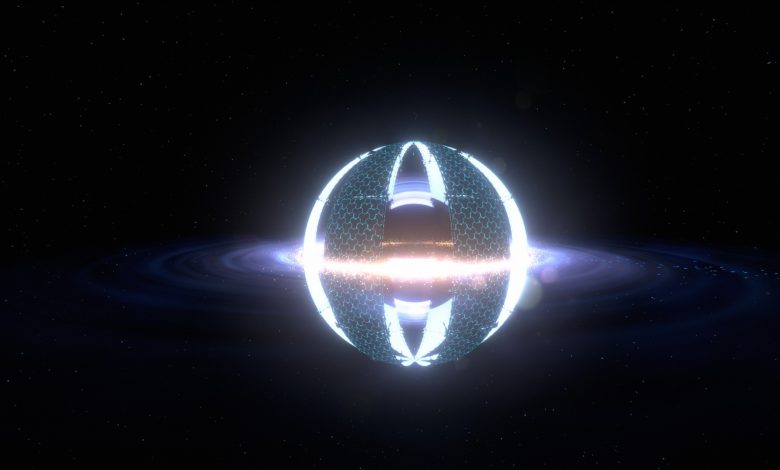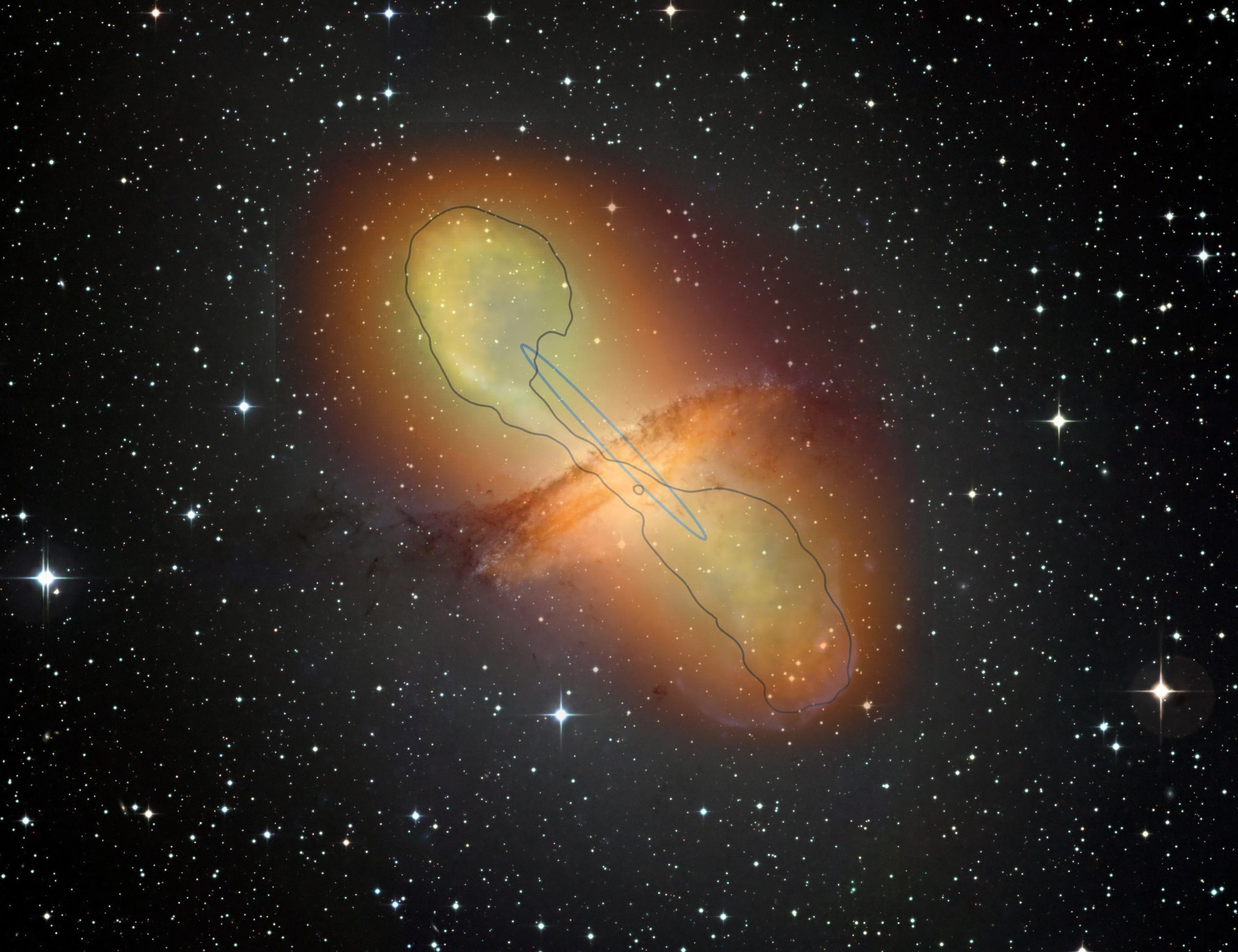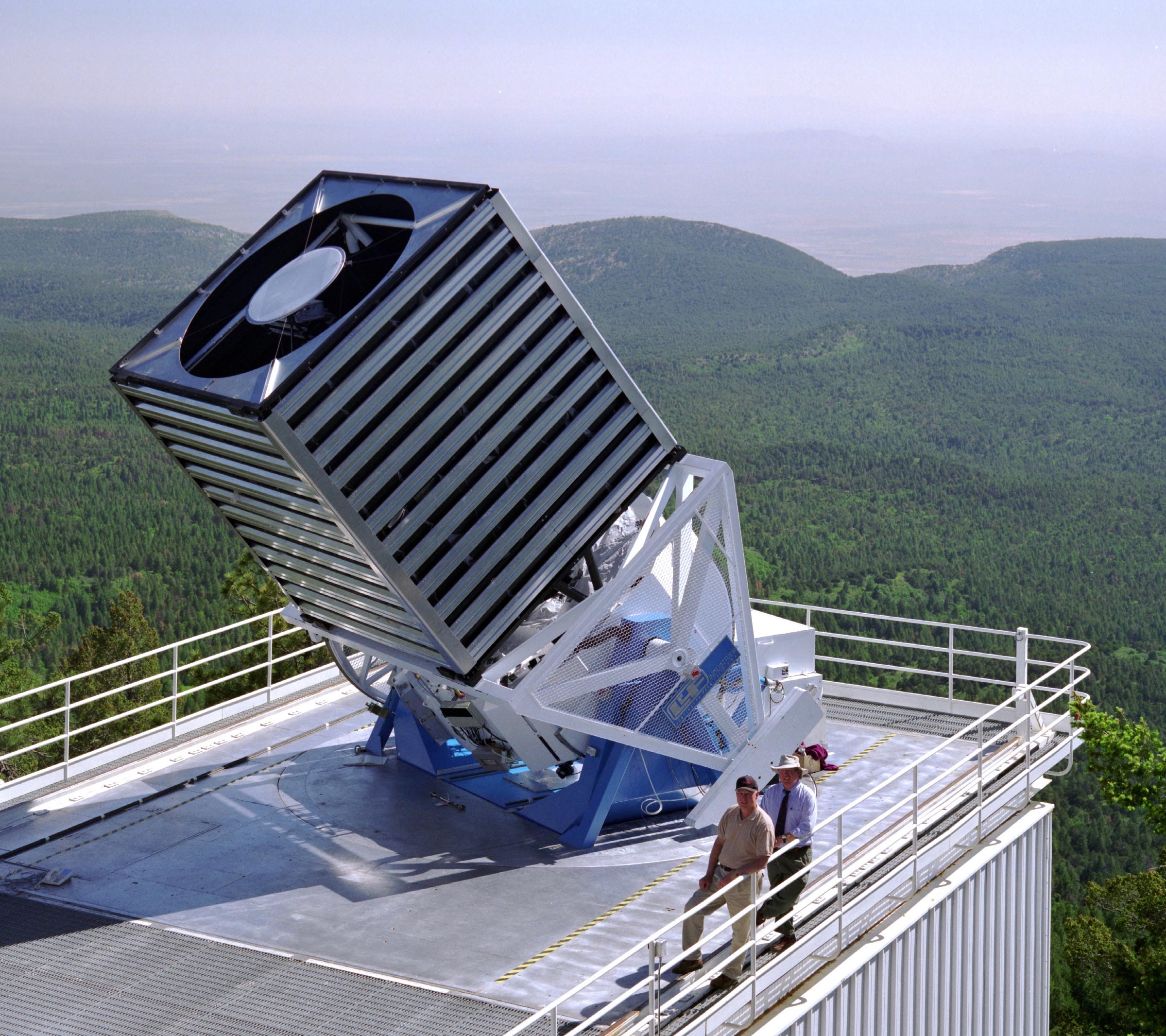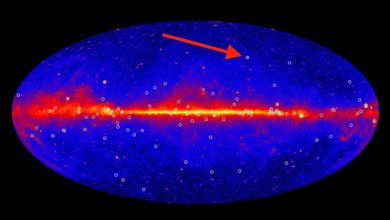
Lead image: an artist’s representation of a Dyson sphere around a black hole.
Black holes are more than just massive objects that swallow everything around them – they’re also one of the universe’s biggest and most stable energy sources. That would make them invaluable to the type of civilization that needs huge amounts of power, such as a Type II civilization on the Kardashev scale. But to harness all of that power, the civilization would have to encircle the entire black hole with something that could capture the power it is emitting.
One potential solution would be a Dyson sphere – a type of stellar mega engineering project that encapsulates an entire star (or, in this case, a black hole) in an artificial sheath that captures all of the energy the object at its center emits. But even if it was able to capture all of the energy the black hole emits, the sphere itself would still suffer from heat loss. And that heat loss would make it visible to us, according to new research published by an international team led by researchers at the National Tsing Hua University in Taiwan.
Obviously, no such structure has yet been detected. Still, the paper proves that it is possible to do so, despite no visible light making it past the sphere’s surface and a black hole’s reputation for being light sinks rather than light sources. To understand how we would detect such a system, first, it would be helpful to understand what that system would be designed to do.
The authors study six different energy sources that a potential Dyson sphere could collect around a black hole. They are the omnipresent Cosmic Microwave Background radiation (which would be washing over the sphere no matter where it was placed), the black hole’s Hawking radiation, its accretion disk, its Bondi accretion, its corona, and its relativistic jets.

Some of these energy sources are much more high-powered than others, with the energy from the black hole’s accretion disk leading the pack in terms of potential energy captures. Other types of energy would require completely different engineering challenges, such as capturing the kinetic energy of the relativistic jets that shoot out from the black hole’s poles. Size obviously plays a large factor in how much energy these black holes emit. The authors primarily focus on stellar-mass black holes as a good point of comparison against other potential energy sources. At that size, the accretion disk alone would provide hundreds of times the energy output of a main-sequence star.
It would be impossible to build a Dyson sphere around any object that size with current known materials. But the type of civilization that would be interested in taking on such an engineering challenge would most likely have much stronger materials than we do today. Alternatively, they could work with known materials to create a Dyson Swarm or Dyson Bubble, which doesn’t require as much material strength but does lose some of the energy that a complete sphere would capture, and adds multiple layers of complexity when coordinating orbital paths and other factors. Any such structure would have to be outside the accretion disk to get the full benefit from the energy the black hole emits.
Even a single sphere around a single stellar-mass black hole would be enough to push any civilization that created it into Type II territory, giving it a level of power output unimaginable with current technology. But even such a potent civilization most likely won’t be able to bend the laws of physics. No matter the power level, some of it will be lost to heat.
To astronomers, heat is simply another form of light – infrared, to be exact. And according to the researchers, the heat emitted by a Dyson sphere around a black hole should be detectable by our current crop of telescopes, such as the Wide Field Infrared Survey Explorer and the Sloan Digital Sky Survey, to a distance of about 10kpc at least. That’s about 1/3 of the distance across the entire Milky Way. No matter how close they were, they wouldn’t appear like traditional stars but could be detectable using the radial velocity method commonly used to find exoplanets.

While this is useful theoretical work, there certainly hasn’t been any evidence of any such structure existing yet – Fermi’s Paradox still holds. But given all the data that we’re already collecting these telescopes, it might be interesting to scan through them one more time to check if there happens to be heat emanating from a place where it wouldn’t be expected. It would be worth the time to at least look for what could be such a fundamentally ground-breaking discovery.
Originally published on Universe Today.
Reference: “A Dyson Sphere around a black hole” by Tiger Yu-Yang Hsiao, Tomotsugu Goto, Tetsuya Hashimoto, Daryl Joe D. Santos, Alvina Y. L. On, Ece Kilerci-Eser, Yi Hang Valerie Wong, Seong Jin Kim, Cossas K.-W. Wu, Simon C.-C. Ho and Ting-Yi Lu, 29 June 2021, Astrophysics > High Energy Astrophysical Phenomena.
arXiv: 2106.15181




